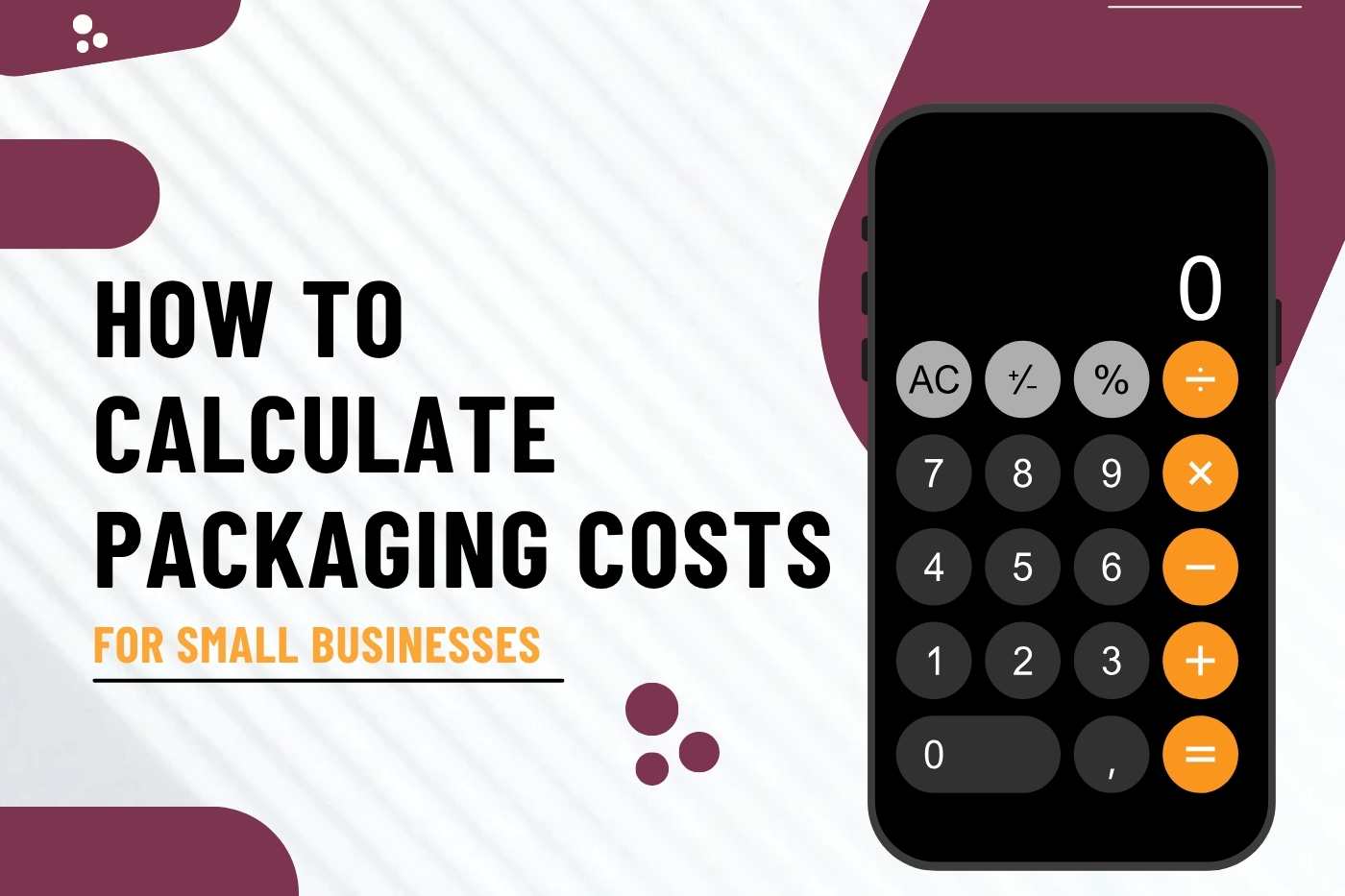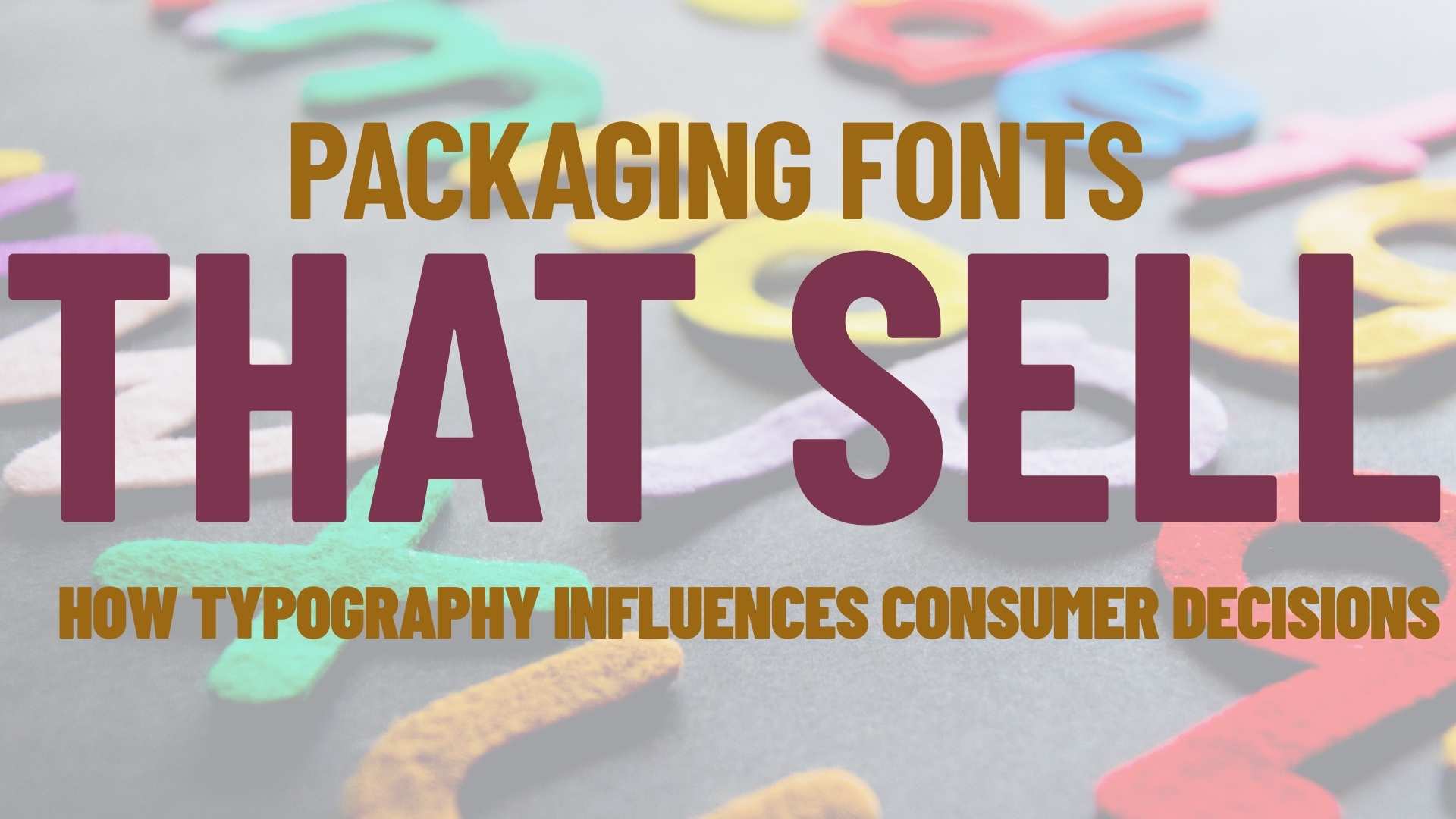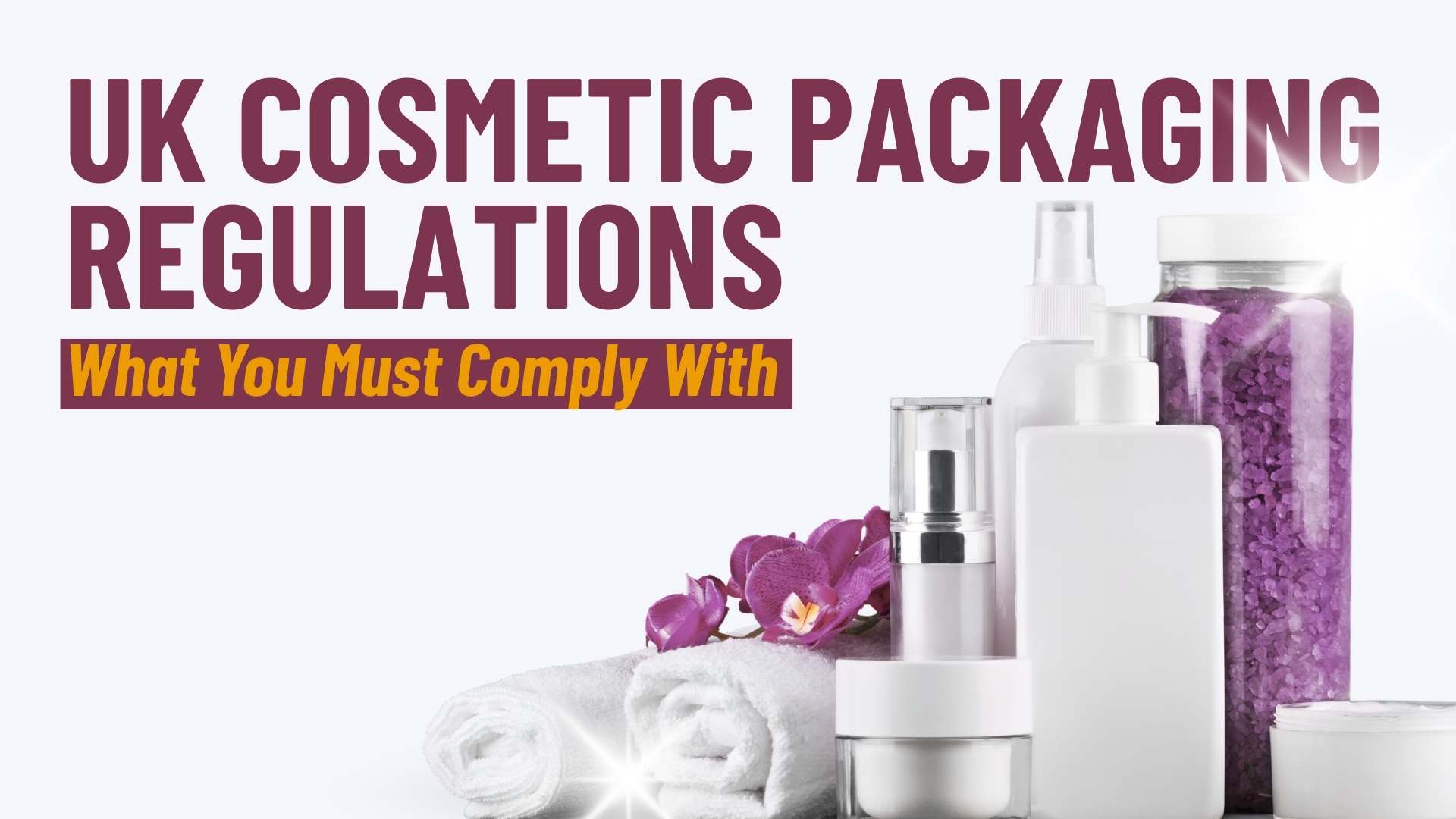Running a small business means paying attention to every detail, and packaging is no exception. It’s easy to forget that even the boxes, tape, and labels you use to ship your products can quickly increase your overheads if you’re not careful. Packaging costs can sneak up on you, especially when you’re just starting out.
The good news is, once you know how to calculate these costs, you can make smarter decisions on what to spend, what to cut back on, and how to price your products accordingly.
So these are the steps to help you calculate packaging costs for small businesses in a way that’s easy to follow and practical for your small business.
How Much Should You Budget for Packaging?
If you’re a startup, a good rule of thumb is to budget around 5% to 10% of your product’s retail price for packaging. This includes everything from the box or bag to labels, inserts, and protective materials. For premium products or brands focused heavily on unboxing experiences, you may need to increase your budget.
Start small and test affordable options before investing in custom packaging. Keep in mind that packaging isn’t just an expense – it’s part of your marketing, branding, and customer experience. Look for clever ways to balance presentation with cost-efficiency, especially as you scale.
For a deeper look at what makes packaging successful, check out our article on how to choose the right packaging for your product that retailers and customers love.
Components of Packaging Costs
Once you’ve established a rough budget, the next step is understanding where your money is going. Packaging isn’t a single line item—it’s made up of several moving parts.
As a startup, understanding the different components of packaging can help you make smarter decisions and stay within budget. Let’s break those down so you can see exactly what contributes to your overall small business packaging expenses.
1. Material Costs
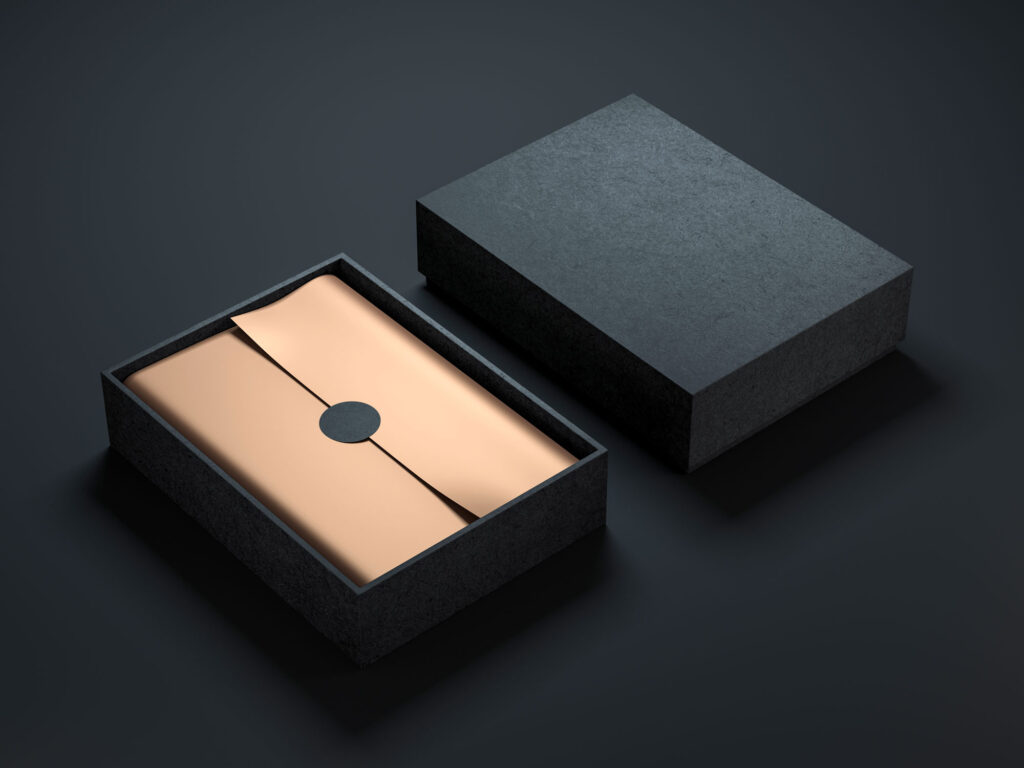
This is the most obvious part—what you’re actually using to package your product. Common materials include paper, plastic, glass, metal, and cardboard. Eco-friendly alternatives like biodegradable plastics or recycled paper often cost more but can align better with your brand values and customer expectations.
However, cost shouldn’t be the only consideration. You also need to factor in logistics and durability. The packaging material must safely support the weight and shape of your product, especially if it’s fragile or perishable, like eggs or glass containers. Choosing the wrong material can lead to increased breakage, returns, and added shipping costs.
For a deeper look at eco-conscious options and how they affect long-term value, see our sustainability packaging article.
2. Design Costs
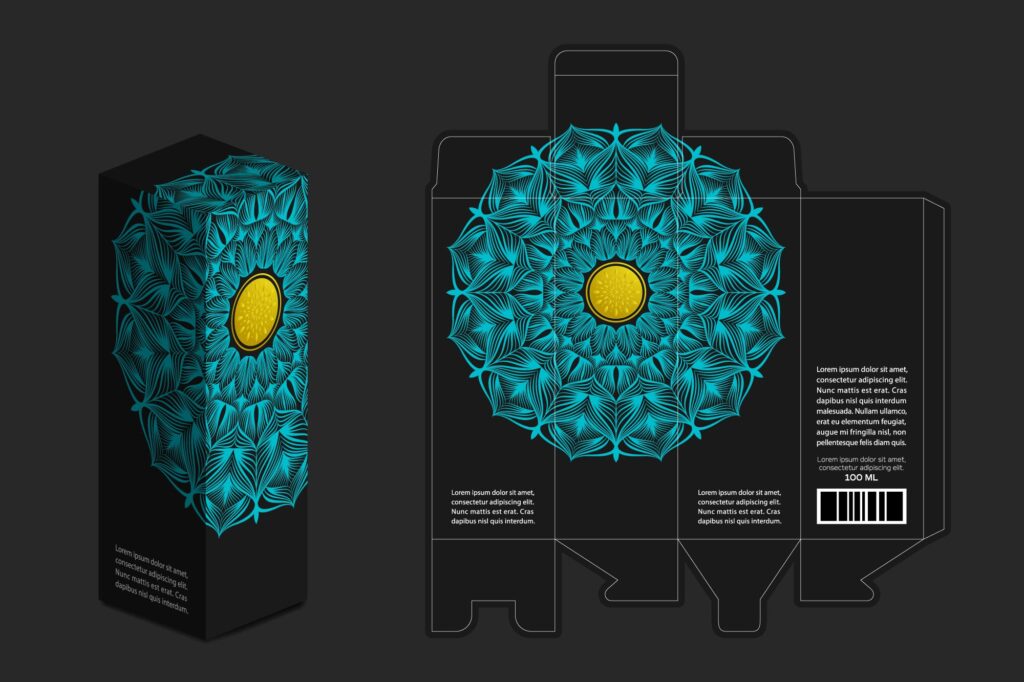
Good packaging isn’t just about protection – you also need to place importance on the presentation. Design costs cover creating your logo, placement, colour scheme, artwork, and even structural elements like custom shapes or inserts. If you’re going for a custom look or require special die lines, expect higher one-time setup fees. Startups often find it easier to work with a freelancer or a packaging agency for this part.
A smart move is to team up with a specialist packaging agency. They know the ins and outs of the process and can guide you during the most critical steps, giving you confidence that the right things have been considered and you avoid costly mistakes.
3. Manufacturing Costs
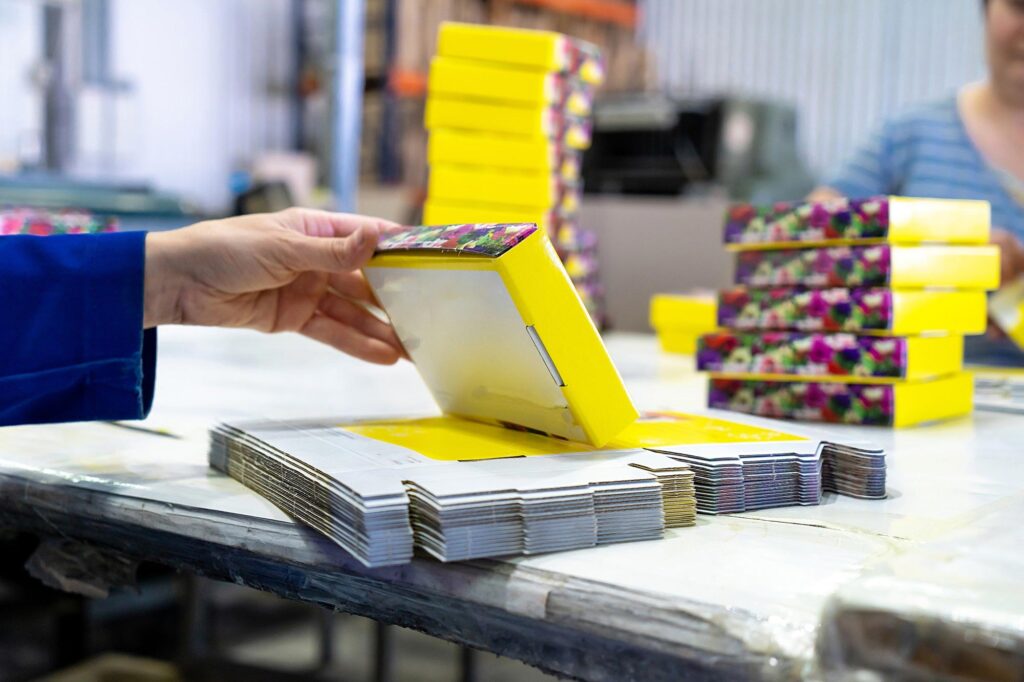
Manufacturing costs encompass all the expenses associated with physically producing your packaging. This includes setup time, printing, inks, and the energy used during production. You’ll also need to factor in items such as machinery, tooling, and any additional steps, including lamination, slitting, or finishing. If your design is more complex or your order is on the smaller side, your per-unit cost will likely be higher.
4. Labour Costs
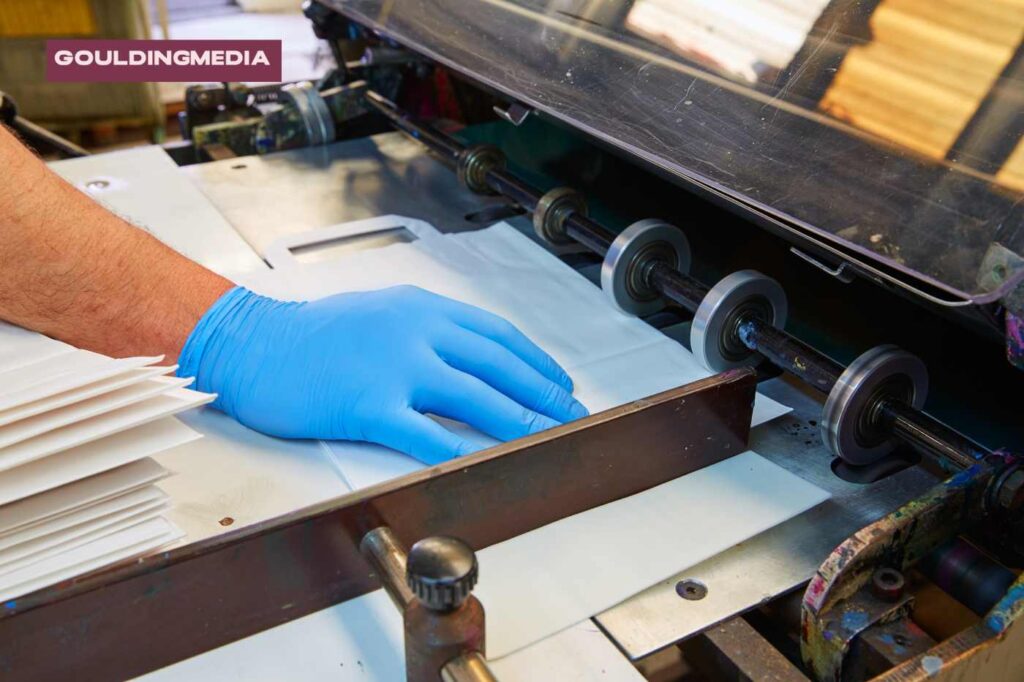
If your packaging process involves manual labour, such as folding boxes, assembling components, or placing stickers, then labour costs will be part of your total expense. You can reduce these by streamlining or automating some parts of your packaging process as you grow.
5. Storage Costs
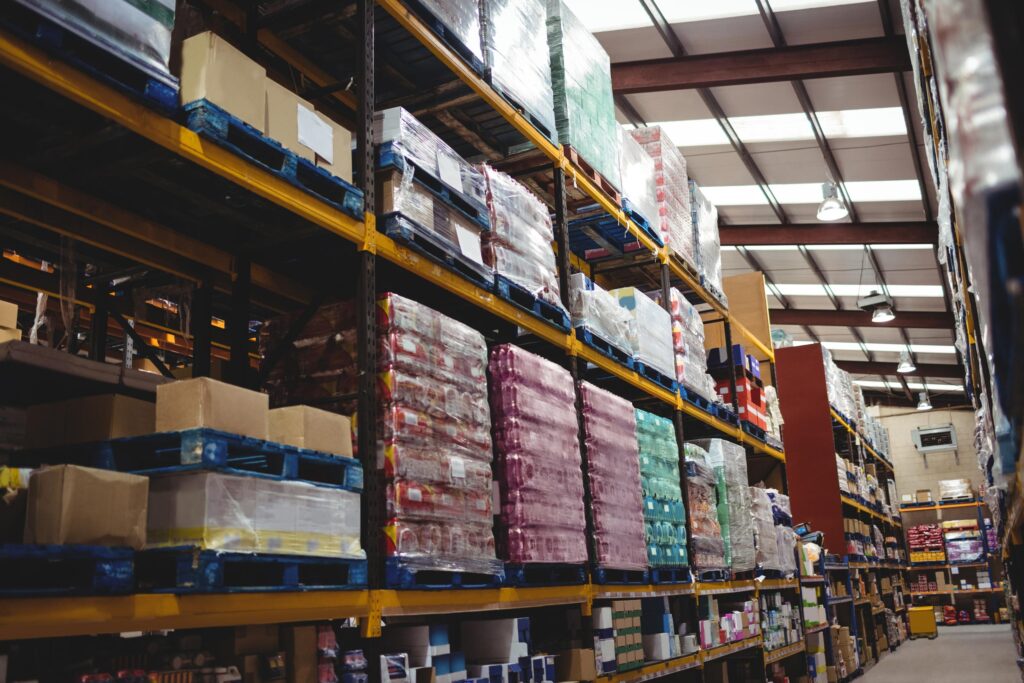
Once your packaging is produced, you’ll need a place to store it. If you don’t have a large fulfilment space or warehouse, this could mean paying for third-party storage. Keep in mind that storing bulky packaging can become expensive over time, especially if your turnover is slow.
6. Shipping Costs
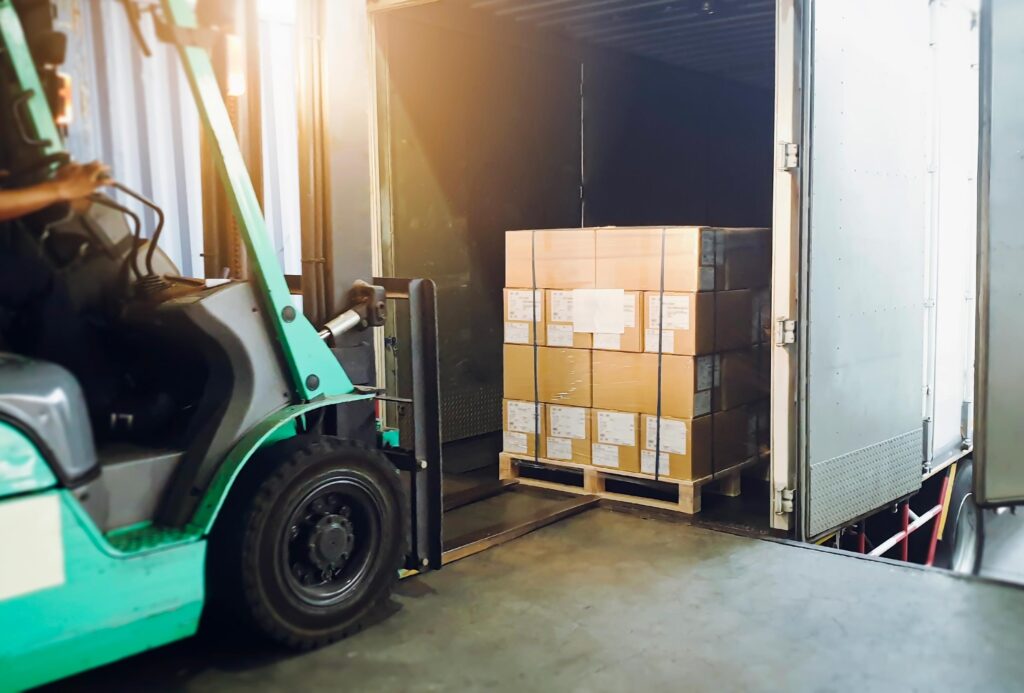
Shipping isn’t just about delivering your product to the customer—it also encompasses the costs of obtaining raw packaging materials and transporting them to your facility, as well as the expenses of transporting the finished, packaged products to distributors or consumers. Lightweight materials and compact packaging can significantly reduce these costs.
7. Branding and Marketing Costs
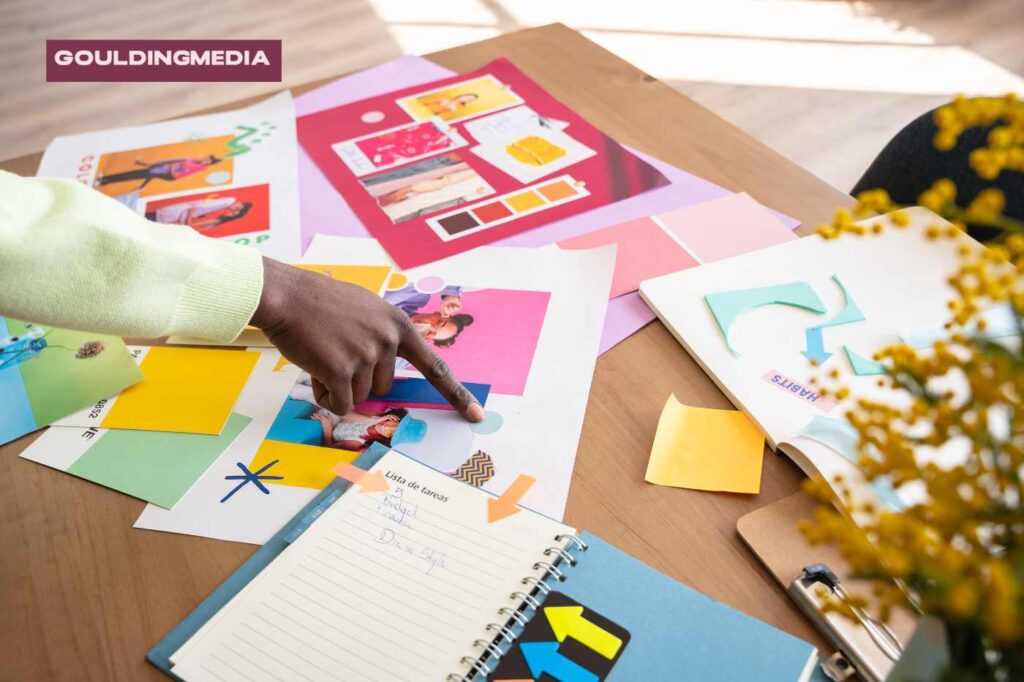
Packaging is often the first thing customers see, so it plays a big role in how your brand is perceived. Premium touches like foil stamping, embossing, or custom inserts can elevate the unboxing experience, but they also come with a higher price tag. It’s essential to determine what’s truly necessary based on your brand’s positioning and goals.
Making smart choices during the design phase helps you stay on budget and avoid having to backtrack or make costly changes once the design is approved for print.
8. Regulatory Compliance
Depending on your industry, you may need to follow packaging regulations, especially for food, cosmetics, or medical products. This can include labelling requirements, safety certifications, or using certain approved materials. Non-compliance can lead to fines or product recalls, so this is a cost you can’t afford to ignore.
If you’re not sure what rules apply to your business, check out our UK Packaging Regulations in 2025: Essential Compliance Guide for Brands for a clear breakdown of what you need to know.
How to Calculate Packaging Costs for Small Businesses
Now that you know what goes into your packaging costs, it’s time to crunch the numbers. Following a step-by-step method will help you avoid guesswork and stay consistent, whether you’re planning a product launch or reviewing your current spending.
Step 1: Identify Packaging Materials Used
The first step in calculating packaging costs for a small business is identifying all the materials involved. This includes everything from boxes and bags to everything in between. Don’t forget labels, adhesive tapes, and any other material that goes into the final wrapping of your product.
Step 2: Calculate the Cost of Materials
Once you’ve identified the materials you’ll be using, the next step is to determine the cost of each. This will vary depending on the type of material and the quantity you’re buying. For example, bulk purchasing cardboard or plastic can lower your per-unit cost. It’s also a good idea to shop around for suppliers and compare prices to get the best deal.
If you’re considering eco-friendly options, they might be expensive, but they can strengthen your brand and appeal to your audience, especially if sustainability is a key consideration in the retail space where your product will be displayed.
Step 3: Account for Labour and Manufacturing Costs
Packaging doesn’t just involve materials; you also need to account for labour and manufacturing costs. Labour costs include the time spent by employees or contractors in assembling and handling the packaging.
Manufacturing costs cover the expenses related to the production process, whether you’re printing custom designs, making custom dielines, or paying for machinery time. If you outsource manufacturing, these costs will be higher, but they can help save time and resources.
Step 4: Add Storage and Shipping Costs
Once your packaging is ready, you’ll need to store it before it’s used. This could mean paying for a warehouse or renting storage space. Shipping costs, meanwhile, include transporting both raw materials to your facility and the finished products to your customers. Keep in mind that the size and weight of your packaging can affect your shipping costs, so finding cost-effective packaging is key.
Step 5: Factor in Design and Branding Costs
Packaging isn’t just functional—it’s also a marketing tool. Design and branding costs refer to the expenses involved in creating the look of your packaging, including custom designs, logo placement, colour schemes, and special finishes like embossing or foil stamping. If you’re working with designers or using a custom dieline, these costs can add up, but they can also significantly impact your brand image and customer experience.
Step 6: Total the Costs
Once you’ve accounted for all of the above costs, it’s time to add everything together. This will give you the total cost per unit for packaging. By dividing your total packaging costs by the total number of units you plan to sell, you can see the per-unit cost of your packaging. This number is crucial for understanding your margins and pricing your product effectively in the marketplace.
Cost Per Unit
To determine the packaging cost per product sold, you need to calculate the total costs involved in packaging and then divide that by the number of units you plan to sell. Here’s a simple formula to help you:
Formula to Calculate Packaging Cost Per Unit:
Packaging Cost per Unit = Number of Units Produced / Total Packaging Costs
Steps:
- Identify All Packaging Costs: Add up material costs, design costs, manufacturing costs, labour costs, storage and shipping, and any branding costs.
- Calculate the Total Packaging Costs: Once you’ve added up all your costs, you have your total packaging expenses.
- Divide by Number of Units: If you’re producing 500 units, divide the total packaging cost by 500 to get the price per unit.
Starting Small vs. Bulk Ordering:
When deciding between starting small or bulk ordering packaging, there are several factors to consider:
1. Cost Per Unit:
- Small Batch Production: When you order small quantities of packaging, the cost per unit is usually higher because suppliers charge setup fees, and lower quantities don’t qualify for volume discounts.
- Large Batch Production: Bulk orders typically have a lower cost per unit because they’re purchased in larger quantities, which qualify you for volume discounts. However, the upfront investment is higher.
2. Cash Flow:
- Small Batch Production: Starting small can help you avoid overcommitting financially. You won’t need to tie up a lot of money upfront in packaging, which is especially helpful for startups with limited cash flow.
- Large Batch Production: Bulk ordering requires more capital upfront, which can strain your cash flow. However, this is often a good option if you have enough working capital and expect strong sales.
3. Storage Space:
- Small Batch Production: Smaller orders require less storage space, making it easier for startups with limited warehouse space.
- Large Batch Production: Larger orders require more storage space. If you’re working from a small office or warehouse, bulk orders can become a logistical challenge, especially if you’re not sure about future demand.
4. Flexibility:
- Small Batch Production: Ordering in smaller quantities allows you to test your packaging, make adjustments, and pivot your design or material choice without being stuck with excess stock.
- Large Batch Production: Bulk orders can tie you down to one design or packaging style, limiting your flexibility. If your branding or product changes, you may end up with unused packaging.
5. Lead Time:
- Small Batch Production: Small orders typically have shorter lead times, meaning you can get your packaging quickly and start selling faster.
- Large Batch Production: Bulk orders can take longer to produce, so you need to plan ahead to avoid stockouts.
Ways to Reduce Packaging Costs for Small Businesses
- Buy in bulk to take advantage of wholesale packaging prices and lower your per-unit costs.
- Simplify packaging design, such as using fewer print colours, to minimise production expenses and materials.
- Use standard packaging sizes to reduce customisation fees and streamline your supply chain with more affordable packaging solutions.
- Negotiate better pricing with suppliers by leveraging long-term relationships or consolidated orders.
- Automate packaging processes where possible to reduce manual labour costs and improve efficiency.
- Choose eco-friendly materials that are not only sustainable but can also cut down on shipping fees and meet regulatory requirements, making them smart, budget-friendly packaging materials.
- Reduce packaging weight and size to save on shipping, storage, and handling costs, a simple yet powerful packaging cost reduction tactic.
- Re-evaluate shipping methods and carriers to find more competitive rates that align with your packaging volume and frequency.
Are There Hidden Costs Like Setup Fees or MOQ?
Yes, there are hidden costs like setup fees and minimum order quantities (MOQ) that can affect your packaging budget. Many manufacturers charge large setup fees to cover the time involved in setting up the machinery for a print run. Specialised packaging designs and types of materials can also take longer during setup. These fees can add up, especially for small orders, which is why many printers have MOQs in place.
Always looking to order at the MOQ is not usually the most efficient way to order your packaging. Sometimes you can run back-to-back orders of similar designs, or if you know your material will run long-term, you can double your order, and the printer will store your excess until it’s required.
If you’re a startup with limited sales projections, this can lead to overordering, tying up capital and storage space. It’s essential to take time to consider the costs and not rush into things because it seems like a way to reduce your cost per unit, we’ve seen this happen plenty of times where a client has ordered several years worth of material on a product line which has been delisted within 6 months due to poor sales.
Wrapping Up
Understanding how to calculate packaging costs is crucial for small businesses looking to manage their expenses effectively. Just break down all the elements—materials, labour, shipping, and storage to gain better control over your budget and ensure you’re pricing your products accurately. The key is to regularly assess and adjust your packaging strategy as your business grows, ensuring you stay competitive without sacrificing quality.
Now that you have the tools to calculate your packaging costs for small business, it’s time to take action! Start by tracking your current packaging expenses and see where you can make adjustments. Don’t hesitate to reach out if you need help optimising your packaging strategy. Contact us today to learn more about cost-effective packaging solutions for your small business. Let’s make sure your packaging works for you.

